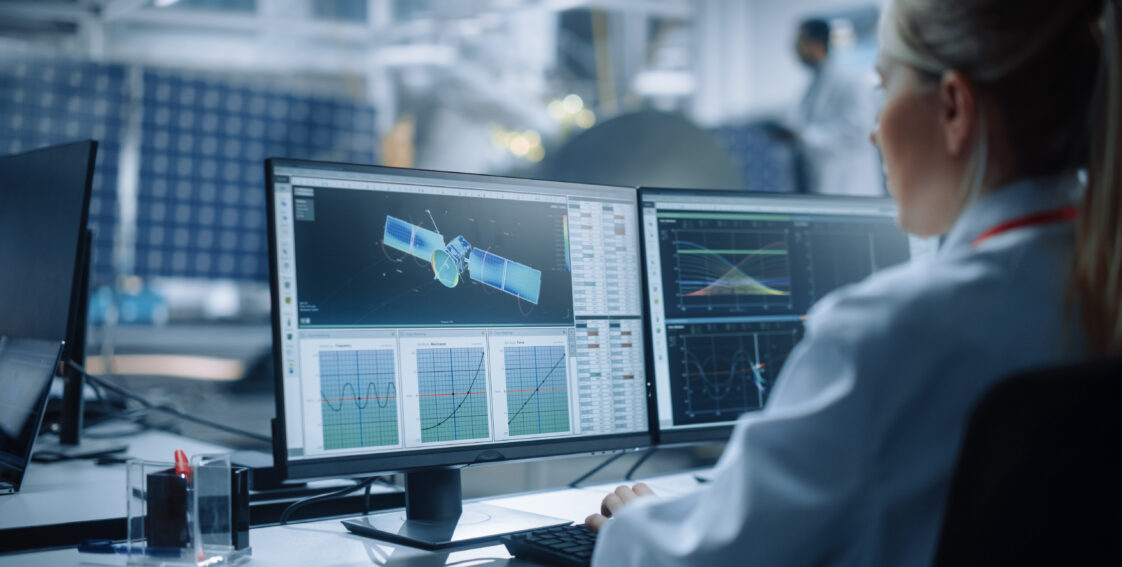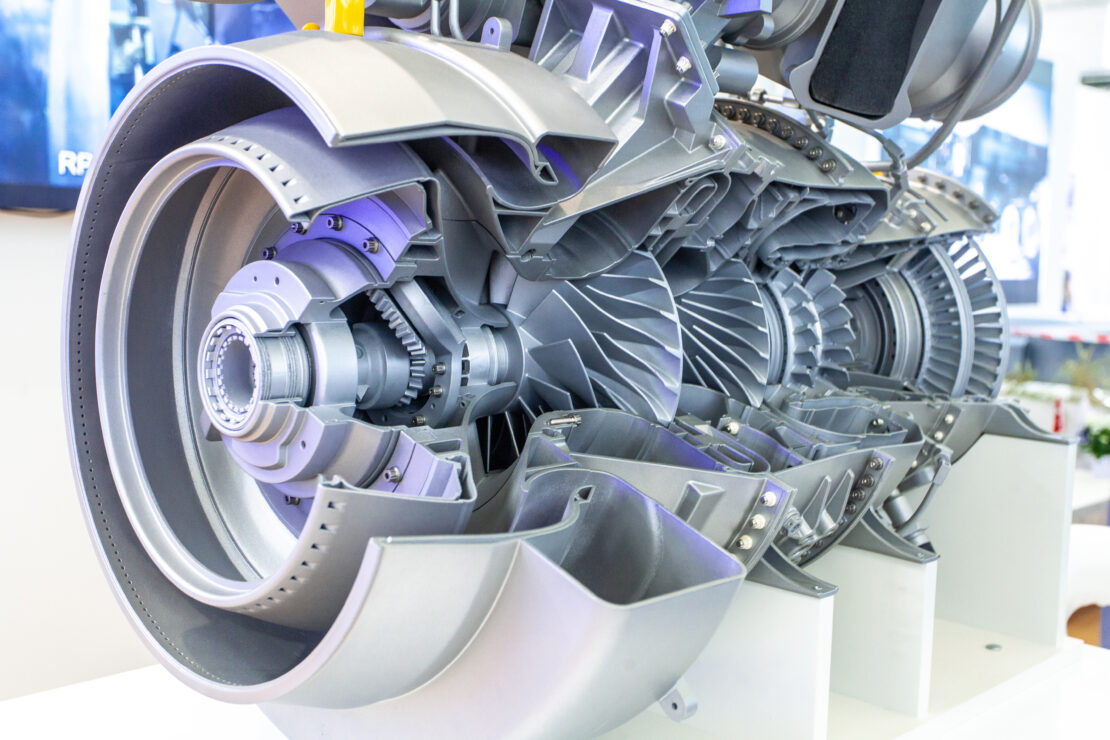
Applications for 3D Robotic Scanning in the Aerospace Industry
As the aerospace industry continues to grow, so does the need for improved quality assurance techniques. One technology that has been gaining considerable attention is 3D robotic scanning.
With astounding accuracy and total coverage, this technology has the potential to revolutionize inspections and vital manufacturing procedures in the aerospace industry.
In the following sections, we’ll discuss the various applications of robotic 3D scanning in the aerospace industry and its advantages over traditional measurement methods.
ADVANTAGES OF 3D SCANNING IN AEROSPACE
3D scanning has revolutionized aerospace metrology, offering a wide range of advantages, including increased precision and speed in inspection, reduced lead times, and improved product accuracy.

The high-resolution scans produced by automated 3D scanning technology offer unparalleled accurate measurements, using millions of data points, even on oddly shaped partscy, allowing engineers to quickly detect even the most subtle defects or irregularities with precision and detail. With this level of accuracy, inspectors can quickly validate the dimensional integrity of components, ensuring the highest possible safety standards are met.
The speed at which 3D scanning can be completed is also impressive, especially when compared to traditional measurement methods. By automating data capture processes, scans can be completed much faster than manual visual inspections, meaning less time is spent on quality assurance tasks. This reduces lead times as components can move along the production line faster, ensuring tight production schedules are met.
The benefits of robotic 3D scanning in aerospace also extend to improved product accuracy. The highly detailed scans produced by today’s scanners allow engineers to better understand the shape, dimensions, and features of products. This information can then be used to engineer parts that meet exact specifications.
APPLICATIONS OF ROBOTIC 3D SCANNING IN AEROSPACE
Robotic 3D scanning has many applications for aerospace manufacturers, including inspecting subcomponents during the manufacturing process, inspecting finished assemblies, making digital twins, and even inspecting used aircraft components for damage.
Sophisticated 3D scanning technology can provide detailed measurements of free-form shapes without physical contact, making it ideal for use in components where safety is of utmost priority but measurements can be challenging. Thanks to 3D scanners, production and maintenance teams have instant access to more accurate information than ever before.
During production, robotic 3D scanning systems can be integrated seamlessly into the manufacturing process so that every part that comes down the line already has a report showing whether it complies with the manufacturing standards or not. Having inspections automatically for every part can save you headaches later and help you catch defects as soon as they arise. Especially in the aerospace industry where parts and labor can be very expensive, reducing scrap and rework can have a big benefit to your bottom line.
3D robotic scanning can also be used to automatically measure finished assemblies in order to verify that all components were installed correctly. Many manufacturers find that having digital twins of finished assemblies gives them and their customers peace of mind, and 3D robotics scanning can make it simple to create a 3D digital twin for every part or assembly leaving your factory.
Finally, robotic 3D scanning can improve the inspection and repair of aerospace components after they are in the field. For example taking a 3D scan of a part repeatedly over time can reveal if that part is wearing or can reveal corrosion or small defects that have developed without taking hours of an inspector’s time. By pairing the 3D scanner with a robot you can get the unique advantages of 3D laser scanning but you do not have to depend on an operator to do the scan the same way each time. Any operator can set up the robot and the inspections can be executed automatically according to your pre-set recipe. Robotic 3D scanning can make it much more cost-effective to inspect, maintain, and repair critical aerospace components.
THE FUTURE OF ROBOTIC 3D SCANNING IN AEROSPACE
All manufacturers want to produce high-quality products in a cost-effective manner and many are embracing the Industry 4.0 technologies which allow them to do that. At MAS, we believe that robotic inspection and measurement will be a key to that transformation.
Robotic 3D scanning can streamline your inspection processes and reduce your costs, but it can also be incorporated into your manufacturing process so that your measurement data automatically guides your manufacturing process. One way we do this at MAS is with our Scan-to-Path™ software which uses 3D scan data to adaptively alter a robot’s path. By bringing metrology up the line and leveraging robotic 3D scanning not only for inspection but for doing real work, you can ensure that every part you create is made correctly from the start.
LEARN MORE FROM MAS
MAS specializes in developing customizable automated 3D scanning solutions for manufacturers in all industries, including aerospace. Since our founding, our top priority has always been helping our customers find innovative solutions to their unique challenges. If you want to learn more about robotic 3D scanning technology or have questions about our customizable solutions, contact us today to schedule a discovery meeting. Our team is ready to support your project and take it to the next level!
